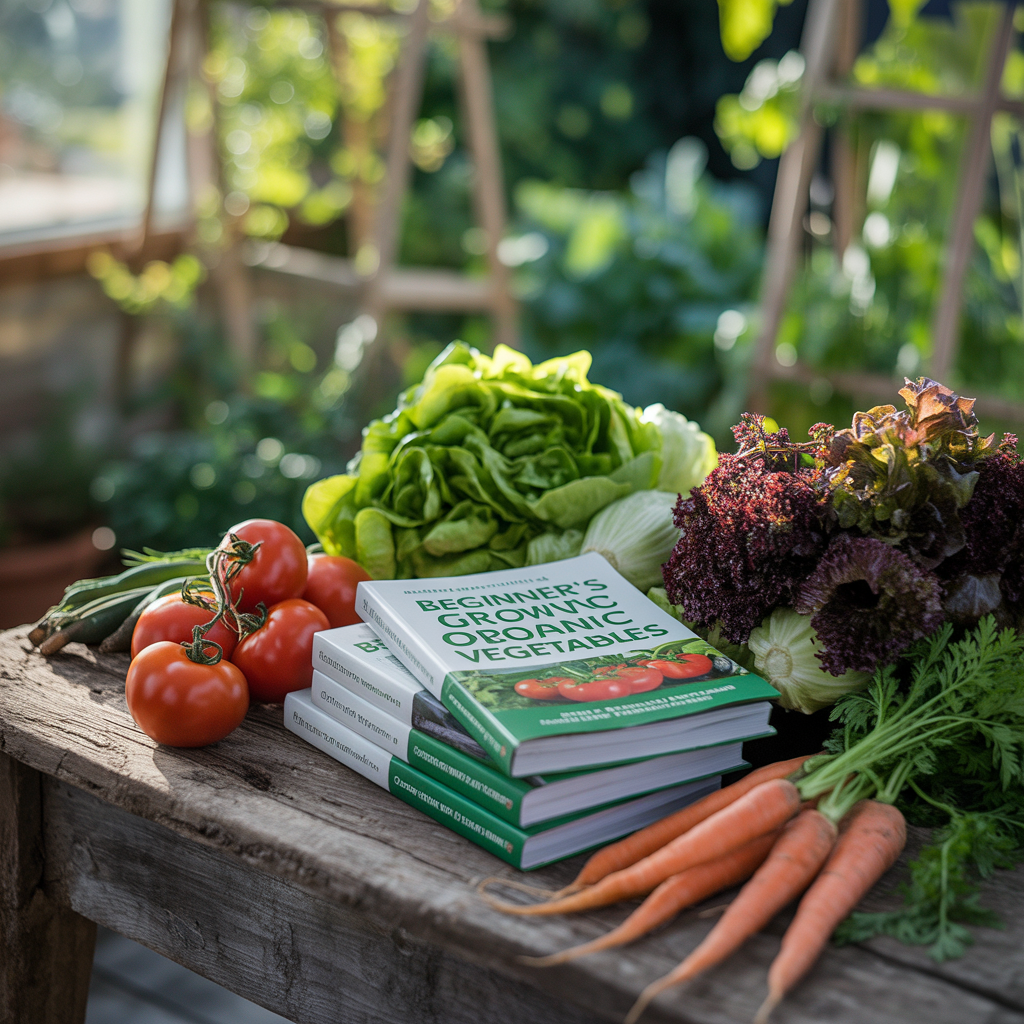Discover the gardening tools every beginner needs—plus best budget tools and tool maintenance tips. Buy smart, garden faster, and grow healthier plants.
🌱 Introduction
Have you ever stood in a garden store wondering which tool to buy first? You pick up a shiny rake, a heavy shovel, and a cute spray bottle—then you leave confused and empty-handed. You’re not alone. The fastest way to fall in love with gardening is to use the gardening tools every beginner needs—not a drawer full of gadgets.
New gardeners often waste money on fancy gear while skipping the essential tools that make daily tasks simple. They try to dig with a spoon, prune with kitchen scissors, and water with a bucket. Because of this, plants get damaged, soil compacts, hands hurt, and motivation fades. But this story can change today.
This guide shows you the gardening tools every beginner needs to plant faster, water smarter, prune cleaner, and work safely. You’ll get a practical buying guide, best budget tools suggestions, and clear tool maintenance tips that keep equipment in great shape for years. By the end, you’ll know exactly which tools to buy first, how to use them well, and how to care for them—even if you’ve never gardened before.
- 🧭 How to Use This Guide
- 🪴 Tool #1 — Hand Trowel (Small but Mighty)
- ✂️ Tool #2 — Bypass Pruning Shears (Clean Cuts, Healthy Plants)
- 🧤 Tool #3 — Garden Gloves (Protection + Grip)
- 🚿 Tool #4 — Watering Can or Hose with Spray Nozzle (Right Flow, Right Time)
- 🌿 Tool #5 — Hand Weeder (Roots Out, For Real)
- 🔱 Tool #6 — Hand Fork / Cultivator (Loosen, Mix, Aerate)
- 🪣 Tool #7 — Transplanting/Soil Scoop (Clean Pot Filling)
- 📏 Tool #8 — Measuring Tape + Planting Guide (Right Spacing, Bigger Yields)
- 🧺 Tool #9 — Bucket + Kneeler/Seat (Comfort + Carry)
- 🧴 Tool #10 — Spray Bottle / Pressure Sprayer (Even, Gentle Coverage)
- 🧠 Quick Comparison Table
- 🛒 Buying Guide: Build a Smart Starter Kit (and Save)
- ⚠️ 10 Beginner Mistakes (and the Tool That Fixes Each)
- 🛡️ Safety & Ergonomics: Work Smarter, Hurt Less
- 🧽 Care & Longevity: Tool Maintenance Tips (5-Minute Routine)
- 🗄️ Storage & Organization (Small Spaces, Big Order)
- 🗓️ Seasonal Checklist (Using the Same Core Kit)
- 🧪 Mini How-To Guides (Rapid Wins with Your Tools)
- 🧰 Starter Kit Recap: Best Budget Tools to Buy First
- 🌼 Conclusion (Motivation + CTA)
- ❓ FAQ (Schema-Ready)
- 📚 Glossary
🧭 How to Use This Guide
Each core tool below follows this pattern: Problem → Explanation → Solution → Pro Tip. We’ll keep repeating the focus keyword naturally so search engines and readers understand the theme: the exact gardening tools every beginner needs to start strong.
🪴 Tool #1 — Hand Trowel (Small but Mighty)
The Problem
Planting seeds or seedlings with your hands is slow, uneven, and messy. You may plant too shallow or too deep. Roots can tear. Soil gets compacted.
The Explanation
A hand trowel tops any list of gardening tools every beginner needs because it makes small digging tasks quick and precise. You’ll use it for transplanting seedlings, dividing small clumps, adding compost, and removing weeds.
The Solution: What to Look For
- Blade: Stainless steel resists rust and keeps a sharp edge.
- Handle: Ergonomic, non-slip grip prevents blisters.
- Depth marks: Help plant at consistent depths for better germination.
Pro Tip
Keep two trowels if you can—one for outdoor beds, one for sterile potting mix. This simple habit avoids spreading soil-borne problems into containers.
Best budget tools idea: A stainless trowel with etched depth marks and a soft-grip handle.
✂️ Tool #2 — Bypass Pruning Shears (Clean Cuts, Healthy Plants)
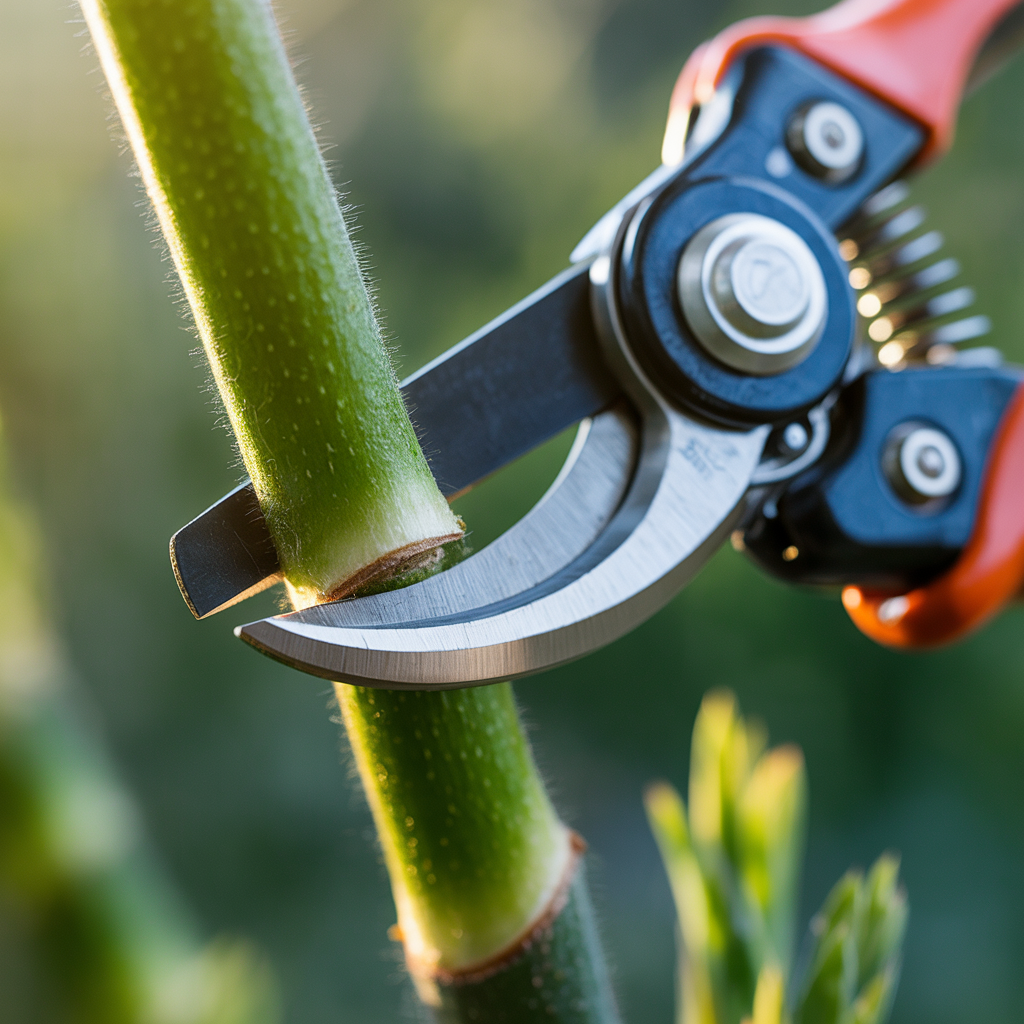
The Problem
Kitchen scissors crush stems. Jagged cuts invite disease. Plants heal slowly and look ragged.
The Explanation
Bypass pruners are top-tier gardening tools every beginner needs because they make a clean, scissor-like cut. You’ll trim dead growth, harvest herbs, shape bushes, and remove diseased stems. Clean cuts = less stress for plants and faster recovery.
The Solution: What to Look For
- Blades: High-carbon steel stays sharp longer.
- Mechanism: Smooth spring action reduces hand fatigue.
- Safety: One-hand locking latch.
- Comfort: Ergonomic grip fits your hand size.
Pro Tip
Wipe blades with a drop of oil after each session. It’s one of the easiest tool maintenance tips—prevents rust and makes the next cut smoother.
Best budget tools idea: A mid-priced bypass pruner with replacement springs and a safety lock.
🧤 Tool #3 — Garden Gloves (Protection + Grip)
The Problem
Bare hands blister. Thorns scratch. Sap sticks. Splinters hurt. Small pain leads to skipped tasks.
The Explanation
Durable gloves rank high among the gardening tools every beginner needs because they protect you while boosting grip. Lifting pots, pulling weeds, and pushing tools becomes comfortable and safe.
The Solution: What to Look For
- Fit: Snug but flexible—finger movement matters.
- Palms: Nitrile-coated or latex for grip and light water resistance.
- Backs: Breathable fabric so hands don’t overheat.
- Special jobs: Thorn-proof versions for roses and cactus.
Pro Tip
Own two pairs: a thin pair for sowing and a thorn-proof pair for pruning. Wash gloves often so soil and sap don’t stiffen the fabric.
Best budget tools idea: A multipack of nitrile-coated gloves in different sizes.
🚿 Tool #4 — Watering Can or Hose with Spray Nozzle (Right Flow, Right Time)
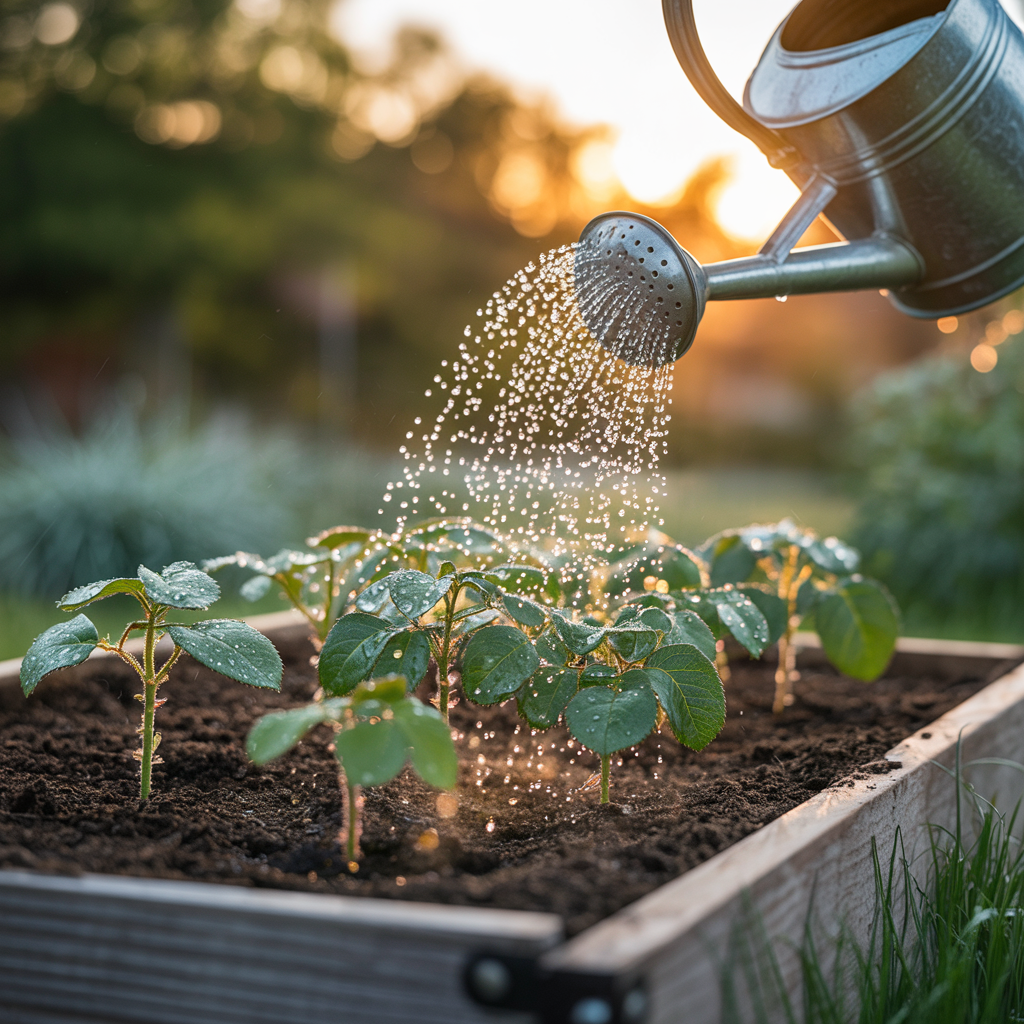
The Problem
Dumping water floods roots. A harsh stream knocks seedlings over. Underwatering dries pots too fast.
The Explanation
Controlled watering tools are truly gardening tools every beginner needs because water is life—and balance is everything. A metal watering can with a rose head gives a soft shower. A hose with an adjustable nozzle saves time for bigger areas.
The Solution: What to Look For
- Watering can: 1.5–2 gallons, balanced handle, detachable rose.
- Nozzle: Modes like mist, shower, jet; a trigger you can lock.
- Hose: Kink-resistant, correct length for your space.
Pro Tip
Water early in the morning for best absorption and fewer fungal issues. Seedlings love “mist” or “shower.” Beds can take a “gentle shower” or “soaker” setting.
Best budget tools idea: A galvanized can plus an 8-mode nozzle head.
🌿 Tool #5 — Hand Weeder (Roots Out, For Real)
The Problem
Snapping weeds at the top looks tidy for a day—but they return stronger from the same root.
The Explanation
A fork-tipped hand weeder belongs in the gardening tools every beginner needs because it targets the root. You slip the fork under the crown, lift, and pull the whole plant free—especially taproots like dandelions.
The Solution: What to Look For
- Tip: Narrow, forked, strong metal.
- Handle: Wood or rubber for leverage.
- Length: Short for beds, long stand-up weeders for lawns.
Pro Tip
Weed the day after a light rain. Moist soil releases roots more easily, saving time and wrist strain.
Best budget tools idea: A basic steel fork weeder with a comfortable grip.
🔱 Tool #6 — Hand Fork / Cultivator (Loosen, Mix, Aerate)
The Problem
Compacted topsoil repels water and blocks oxygen. Roots suffocate and growth slows.
The Explanation
A 3-tine hand fork is among the gardening tools every beginner needs for loosening the top few centimeters, mixing compost, and improving drainage around plants.
The Solution: What to Look For
- Tines: Stainless, slightly curved for scooping and fluffing.
- Handle: Ergonomic, non-slip.
Pro Tip
Before each watering, break the crusty top layer so moisture sinks evenly. This tiny habit prevents runoff and saves water.
Best budget tools idea: A stainless 3-tine cultivator with a rubber grip.
🪣 Tool #7 — Transplanting/Soil Scoop (Clean Pot Filling)
The Problem
Using a flat trowel to fill pots is slow and spills soil everywhere. You waste mix and time.
The Explanation
A deep scoop is one of the gardening tools every beginner needs for quick pot filling, top-dressing, and portioning compost or perlite. It’s a small upgrade that boosts speed and cleanliness.
The Solution: What to Look For
- Shape: Deep, curved bowl.
- Marks: Volume marks help measure amendments.
- Material: Plastic (light, cheap) or stainless (durable, easy to clean).
Pro Tip
Label scoops for different materials—soil, compost, perlite—so you don’t cross-contaminate mixes.
Best budget tools idea: A plastic scoop with measurement marks.
📏 Tool #8 — Measuring Tape + Planting Guide (Right Spacing, Bigger Yields)
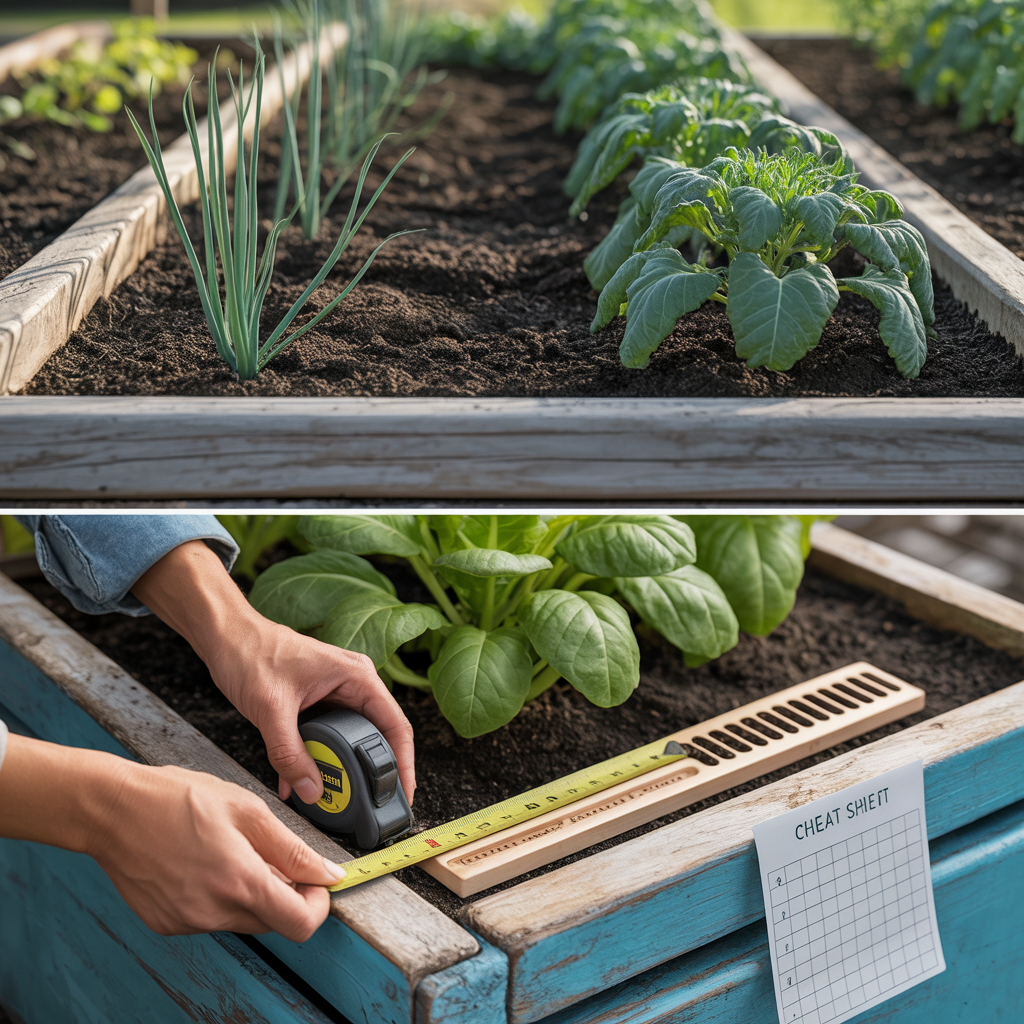
The Problem
Crowded plants fight for light and nutrients; airflow drops, and pests spread.
The Explanation
Spacing is science. A flexible tape and a simple seed-spacing ruler belong to the gardening tools every beginner needs. Accurate spacing improves airflow, reduces disease, and boosts fruit size.
The Solution: What to Look For
- Tape: 3–5 meters, easy-to-read marks.
- Guide: Seed ruler or planting board with depth slots.
Pro Tip
Print a spacing cheat sheet for common crops and tape it inside a cabinet. You’ll save time every time you plant.
Best budget tools idea: Tailor’s tape plus a plastic seed-spacing guide.
🧺 Tool #9 — Bucket + Kneeler/Seat (Comfort + Carry)
The Problem
Hauling soil by hand strains your back. Kneeling on hard ground hurts knees and shortens work sessions.
The Explanation
A sturdy bucket and a soft kneeler rank with the gardening tools every beginner needs because they protect your body. More comfort = more consistency = better garden.
The Solution: What to Look For
- Bucket: 10–15 liters, sturdy handle, optional side pockets.
- Kneeler: Foam pad or foldable kneeler-seat combo.
Pro Tip
Color-code buckets—soil, compost, weeds, harvest—so you don’t mix materials. Add a hook or carabiner to clip small tools to the rim.
Best budget tools idea: Basic foam kneeler and a flexible trug.
🧴 Tool #10 — Spray Bottle / Pressure Sprayer (Even, Gentle Coverage)
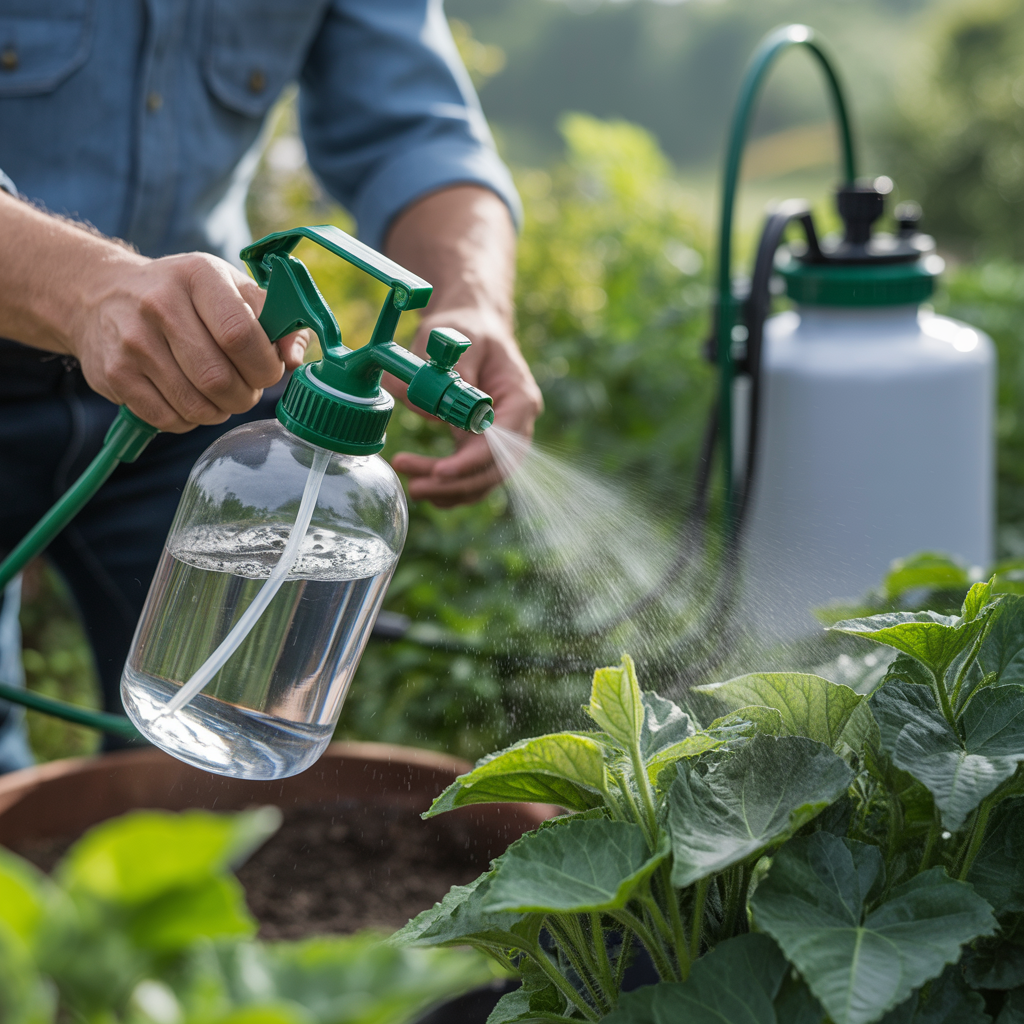
The Problem
Uneven sprays waste product, leave dry spots, and can harm leaves.
The Explanation
A fine-mist sprayer is clearly one of the gardening tools every beginner needs for foliar feeds, neem oil, and gentle leaf cleaning. A 1–2 liter pressure sprayer saves time on larger areas.
The Solution: What to Look For
- Nozzle: Adjustable from fine mist to narrow stream.
- Size: 500 ml for indoor herbs, 1–2 L for beds or patios.
- Comfort: Easy pump, good handle.
Pro Tip
Label bottles clearly: Water, Neem, Fertilizer. Never mix inside the sprayer. Rinse after use to prevent clogs.
Best budget tools idea: A basic adjustable mister and a 2 L pump sprayer.
🧠 Quick Comparison Table
| Tool | Core Job | Why It’s on the gardening tools every beginner needs list | Budget-Friendly Idea |
| Hand Trowel | Dig/Transplant | Precision with less mess | Stainless, depth marks |
| Bypass Pruners | Cut/Harvest | Clean cuts, fast healing | Carbon steel, safety lock |
| Gloves | Protect/Grip | Comfort = consistency | Nitrile-coated multipack |
| Watering Can/Nozzle | Water control | Right flow protects roots | 2-gal can + 8-mode nozzle |
| Hand Weeder | Root removal | Stops regrowth | Fork-tipped weeder |
| Hand Fork | Loosen/Aerate | Better drainage & uptake | 3-tine cultivator |
| Soil Scoop | Fill/Mix | Fast, clean potting | Deep scoop with marks |
| Tape + Guide | Spacing/Depth | Bigger yields, fewer pests | Tailor’s tape + ruler |
| Bucket + Kneeler | Carry/Comfort | Save your back & knees | Foam pad + trug |
| Sprayer | Mist/Feed | Even coverage, less waste | 500 ml + 2 L sprayer |
🛒 Buying Guide: Build a Smart Starter Kit (and Save)
You don’t need everything at once. Start with the essential tools—the true gardening tools every beginner needs to get moving today:
Phase 1 (Day One)
- Hand trowel
- Bypass pruners
- Gloves
- Watering can or nozzle
Phase 2 (Week One)
- Hand weeder
- Hand fork
- Spray bottle
Phase 3 (Month One)
- Soil scoop
- Measuring tape + seed guide
- Kneeler + bucket
Where to Save vs. Where to Invest
- Save on: Soil scoop, kneeler, tape, basic sprayer—great best budget tools options abound.
- Invest in: Pruners, trowel, gloves, and watering nozzle—daily-use tools deserve durability.
⚠️ 10 Beginner Mistakes (and the Tool That Fixes Each)
- Uneven planting depth → Hand trowel with depth marks.
- Crushed stems → Bypass pruners for clean cuts.
- Sore hands → Well-fitted gloves.
- Flooding seedlings → Watering can with rose head.
- Weeds growing back → Forked hand weeder to remove roots.
- Compacted soil → Hand fork to aerate surface.
- Messy pot filling → Deep soil scoop.
- Overcrowded beds → Measuring tape + spacing guide.
- Back/knee pain → Kneeler and lightweight bucket.
- Wasted spray & clogged nozzles → Quality sprayer + cleaning routine.
Every error above is common; each solution comes from the same practical set of gardening tools every beginner needs.
🛡️ Safety & Ergonomics: Work Smarter, Hurt Less
- Warm up: Stretch wrists and shoulders for one minute.
- Rotate tasks: Dig, then prune, then water—avoid repeating one motion too long.
- Mind your posture: Use a kneeler and keep tools close to your body.
- Gloves on: Protect skin from sap and thorns.
- Lock pruners: Always engage the safety latch when walking or storing.
Safe habits ensure you keep enjoying those essential tools without injury.
🧽 Care & Longevity: Tool Maintenance Tips (5-Minute Routine)
Good tools last for years if you give them two minutes of love after each session. These are the simplest tool maintenance tips that pay off fast:
- Knock off soil with a brush; rinse if needed; dry fully.
- Oil metal parts lightly (vegetable oil or mineral oil).
- Sharpen pruners monthly: a few strokes with a file at the original angle.
- Tighten screws and check springs.
- Store off the floor: Use hooks or a pegboard to prevent moisture exposure.
- Sand + oil wood handles twice a year so they don’t crack.
- Sand bucket trick: A pail of sand moistened with a bit of oil cleans and coats steel when you dip and swirl tools.
A tiny routine transforms the gardening tools every beginner needs into a reliable, long-term kit.
🗄️ Storage & Organization (Small Spaces, Big Order)
- Pegboard wall: Hang pruners, trowel, fork, weeder within easy reach.
- Caddy or bucket: Keep day-use tools together—no more hunting.
- Label sprayers: “Neem,” “Fertilizer,” “Water.”
- Drawer dividers: Separate gloves, ties, plant labels, and seeds.
- Weather-safe box: If you store outside, choose a sealed deck box with silica gel packs.
Being organized saves time and protects the essential tools you rely on.
🗓️ Seasonal Checklist (Using the Same Core Kit)
Spring
- Turn and aerate beds (hand fork).
- Plant seedlings at marked depth (trowel).
- Mist new transplants (sprayer).
- Space properly (tape + guide).
Summer
- Water consistently (nozzle/rose can).
- Prune for airflow (bypass pruners).
- Weed after rain (hand weeder).
- Mulch top layer (scoop + gloves).
Autumn
- Harvest and tidy (pruners + bucket).
- Remove spent plants (trowel).
- Add compost (scoop).
- Wash and oil tools (maintenance routine).
Winter
- Sharpen pruners; oil blades.
- Sand wood handles; check grips.
- Reorganize storage.
- Plan next season’s spacing and varieties.
The same gardening tools every beginner needs work 12 months a year.
🧪 Mini How-To Guides (Rapid Wins with Your Tools)
How to Prune Soft Stems
Use bypass pruners. Cut at a 45° angle above a healthy node. Disinfect blades if you cut diseased parts. This protects the plant and the rest of the garden.
How to Remove Taproot Weeds
Moisten soil. Slide the forked weeder near the taproot. Wiggle to loosen. Pull steadily from the base. Fill the hole with soil so light doesn’t wake buried seeds.
How to Water Seedlings
Use a rose head or “mist” setting. Water the soil, not leaves. Keep the surface moist—not soaked—until roots establish. Then shift to deeper, less frequent watering.
How to Space for Bigger Yields
Lay a tape. Use the seed ruler for depth. Plant, cover, and gently press soil to remove air gaps. Mark rows for easy weeding later.
These short techniques maximize the essential tools you already own.
🧰 Starter Kit Recap: Best Budget Tools to Buy First
- Hand trowel (stainless, depth marks)
- Bypass pruners (carbon steel, safety lock)
- Gloves (nitrile-coated + thorn-proof pair)
- Watering can or nozzle (fine rose + multi-mode head)
- Hand weeder (forked tip)
- Hand fork (3-tine cultivator)
- Soil scoop (deep, with marks)
- Measuring tape + planting guide
- Kneeler + bucket (comfort + haul)
- Spray bottle / pressure sprayer
This is the practical bundle of gardening tools every beginner needs—lean, affordable, and effective.
🌼 Conclusion (Motivation + CTA)
If you’ve ever felt lost in a wall of gear, take a breath. Start with the gardening tools every beginner needs, not with everything. A good trowel plants with confidence. Clean pruners help plants heal. A gentle watering rose saves seedlings. A forked weeder clears beds for months, not days. A kneeler and gloves protect your body so you can garden longer and smile more.
Buy smart, not big. Use the best budget tools where it makes sense, and invest in daily-use items. Follow the simple tool maintenance tips you learned here, and your toolkit will serve you for years.
Now it’s your turn: Which tool will you pick up first—trowel, pruners, or watering can? Tell me in the comments, and I’ll help you match a budget-friendly option to your garden size and goals.
❓ FAQ (Schema-Ready)
Q1. What are the top five gardening tools every beginner needs?
A hand trowel, bypass pruners, gloves, a watering can or nozzle, and a hand weeder. These core items cover planting, cutting, protection, watering, and weed control.
Q2. How do I choose the best budget tools without wasting money?
Prioritize daily-use gear. Pick stainless steel or carbon steel, ergonomic handles, and reliable locks. Start with essentials, then add more as your garden grows.
Q3. How often should I sharpen pruning shears?
Monthly in the growing season. Clean after each use, add a drop of oil, and store with the safety lock engaged.
Q4. Are expensive brands necessary for beginners?
No. The gardening tools every beginner needs are simple and sturdy. Look for durability, comfort, and warranties—not fancy colors.
Q5. What’s the fastest way to prevent rust?
Dry tools completely, wipe metal with a little oil, and store off the ground. Dip metal parts in an oiled sand bucket to clean and coat at once.
Q6. Do I need both a trowel and a soil scoop?
Yes. A trowel digs and transplants. A scoop fills containers fast and cleanly. They do different jobs well.
Q7. Which gloves are best for beginners?
Nitrile-coated palms for grip and breathable backs for comfort. Add a thorn-proof pair if you grow roses or cacti.
Q8. Hose nozzle or watering can—what should I pick first?
Small patios and seedlings do well with a watering can. Bigger beds or many planters benefit from a hose with an adjustable nozzle.
Q9. What’s the simplest tool maintenance routine?
Brush off soil, dry, oil the metal, tighten screws, and hang up. It takes two minutes and extends tool life dramatically.
Q10. Which tool helps most with back pain?
A kneeler or kneeler-seat, plus a lightweight bucket or trug. Work closer to the ground without straining.
📚 Glossary
Bypass pruners: Scissor-style shears that make a clean pass for precise cutting.
Ergonomic handle: A shape designed to reduce hand strain and improve grip.
Taproot: A deep main root; weeds regrow if it remains in the ground.
Aeration: Loosening soil so oxygen and water move freely to roots.
Foliar feed: Nutrients sprayed onto leaves for quick absorption.
Rust-resistant steel: Metal that resists corrosion from moisture and soil.
Seed-spacing guide: A ruler or board marked for row spacing and planting depth.
Rose head (watering): A perforated spout that creates a gentle shower.
💡 Looking for something different? Check out our latest post here: https://gardeniva.com/best-soil-for-home-gardening/

